India has the largest variation in textile techniques in the use of materials, in the art of dyeing and printing, which is part of cultural heritage. Among women, once we talk about costumes, sari is the most predominant and noticeable attire in India. The most important aspect in the choice of a sari is its design and colour. Till recent times, motifs of the saris were used to represent the culture and art of contemporary ages. However, there may be observed a recent trend in the representation of tradition through silk saris, which a modern woman calls a new wave in changing trend of attire. Elders may feel comfortable that they are not running away from our traditions and many young women still like to look traditional and Indian. India has one of the richest traditions of woven textiles made from different materials and using a variety of techniques for the processing of materials and weaving. Each region has a distinct style of weaving and designs. Paithani sari of Maharashtra state is not just a silk sari of gorgeous colours, but it is an interlacement of intricate designs and painstaking labour. Paithani saris are becoming a part of bridal trousseau. Many songs and poems are framed on Paithani. One of the famous song is…..Padaravarti jartaricha mor nachara hawa..g aai mala nesav shalu nava….
Historical Background:
Figuring in the records of Greece, Until the first decade of the 20th century, Paithani fabrics were considered to be of a high order, both in enduring quality and traditional design. This sari has been famous from Dwapar era. The Paithani was at the peak of its popularity during the rule of the Peshwas (16th century). In those days of the Peshwas, the borders and pallus were made of Gold and Copper wire, blended in the proportion of one kilogram of gold to one tola of copper. The starting price for a Paithani during the Pehswa days was Rs.75.00, a princely sum indeed! During the 17th century, the Mughal emperor Aurangzeb patronized the Paithani Silk weavers and introduces new patterns or motifs that came to be called Aurangzebi. Later during the 19th and 20th centuries, the Nizam of Hyderabad ordered large quantities of Paithani silks. The seventh Nizam’s wife, Begum Niloufer is attributed to contributing the motif of the Parinda (Pheasant bird.)
Today, the Maharashtra state is a home of the most celebrated textile “the Paithani”. It is a gold embroidered sari with its wonderful designs and woven borders. This famous hand-woven textile is manufactured at Paithan and Yeola. The name Paithani is derived from the town Paithan, which is a small town, located in central India about 400 km. northeast of Mumbai. The golden period of the Paithani was during the Peshwa period i. e.18th- 19th century A.D.
The decline began with the industrial revolution and the British conquest of India, when the mill made cloth made deep forays into the traditional market. The town which had 2000-3000 looms gradually reduced to a town with just 20 looms or so. The 500 weaving families declined to a few. The young men migrated or opted for other paying professions. Due to the change in scenario of Paithan, this art is shifted to Yeola and the Government of Maharashtra revived this art at Yeola. Earlier Yeola was one such center producing Yeola shalu which later became known for its Kuyari Paithani. Today Yeola became main centre for gorgeous Paithanis.
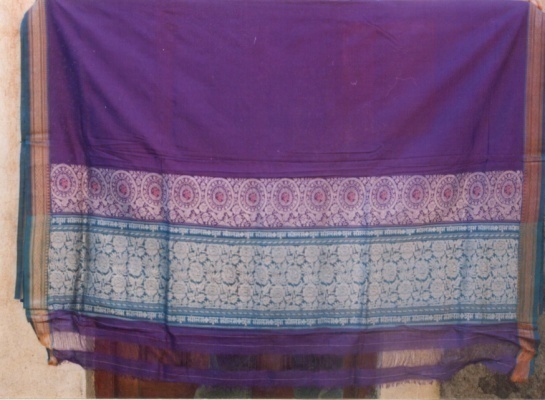
Plate 1: Yeola Shalu
In the state of Maharashtra, Yeola is a place in Nasik District, where weavers do the Paithani weaving in their traditional manner as well as by using modern techniques also. This place is a small town 90 km. away from Nasik and 35 km. from the famous pilgrimage centre ‘Shirdi’, having a population of over 1, 00,000. (2010-2011, census, Directorate of Economics and Statistics). This activity has further spread to two nearby villages’ viz., Nagade and Bhallegaon due to promotional intervention taken by NABARD (National Bank for Agriculture and Rural Development) in the year 1996-1997. Above 1000 weavers are involved in the activities. As per the rough estimate, above 1000 looms are existing in Yeola town and adjoining two villages.
Raw Materials Used
The two main items of raw material required for Paithani sari are Silk and Gold (jari) yarn.
Silk
Silk saris valued for the art, material, designs, and presentation. So silk has been widely used for producing state-wise traditional textiles all over India. For the Paithani sari, silk used is China silk, Filature and Sidalgatta. Preferably filature silk is used for warp and sidalgatta silk is used for weft. Generally, for Paithani production, 18/20 and 20/22 denier, twisted and fine 2 ply yarn is used for warp. And for weft, 20/22 denier less twisted mostly 3 ply or 4 ply is used. Silk yarn required to weave one sari is 200 gm. warp and 375 gm. weft.
Traditional technique of dyeing used by Paithani silk dyers:
Earlier the ancestors in Paithani and Yeola used to apply a natural dye on Silk which were extracted from the leaves and flowers. Presently the Dyers of Yeola are practicing dyeing of Silk with direct dyes and acid dyes. There are only three main Dyers who have a monopoly in this profession.
In their regular practice. The ‘Bhatti’ is used for degumming and dyeing of Silk yarn. Bhatti’s are located in the house approximately. 50 liters of water is taken to dye 1 Kg. Silk. When water gets boiled approximate dye powder, common salt, 3-4 drops of coconut oil is added into it. Then Silk hanks are immersed into dye bath solution and dyeing is carried out for ½ an hr. Rinsing of Silk hank is carried in cold water for 2-3 times.
Colours used
Earlier, the dark shades were used for Paithanis, but nowadays there is a demand for light shades as per the current fashion. Paithanis come in various colours, some are pure and some resulting from the blending of yarns of different colours in the weave. The local names for the colours are interesting like Kaali Chandra kala (Black), Uddani (a Fainter back), Pophali (Yellow), Neelgunji (Blue), Pasila (Red-pink green blend), Gujarai (Black-white blend), Mirani (Black red blend), Morpankhi (Green-blue blend), Firozi (White-red pale green), Samprus (Green-red), Motia (Pale-pink), Sankirodak (White), Vangi (Purple), Aboli (Peach-pink), Kshirodak (Pure white). The darker tones of green, yellow, red and blue are very popular. Earlier just 2-3 colours were popular which were integrated in the sari in the Dhup-Chav (shot effect) pattern which, then translated into light shades. But today the taste of the customers is changed and they prefer all types of shades in Paithani, even the English shades.
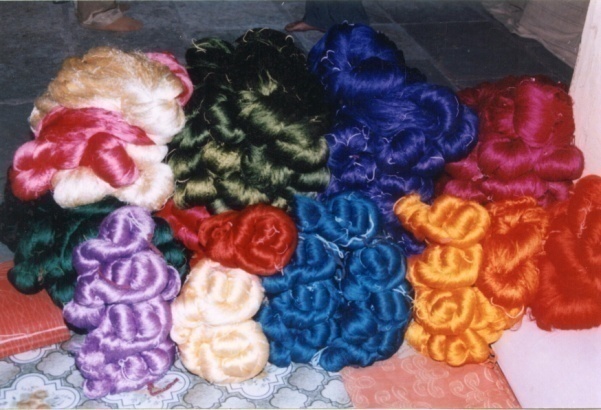
Plate 2: Dyed Silk Yarn
Metallic Gold Yarn
Paithani saris are woven with jari yarns. Zari used for Paithani is either Real or Tested jari. The inside core of real jari is made up of pure silk, over which a silver wire is wound which is electroplated in pure gold solution. Real jari costs near about Rs.12000/- to Rs.15000/- bundle, one bundle requires for pallu and one for border, weighs 250 gms. The inside core of tested jari is rayon, over which a copper wire is wound which is plated with silver and finished with chemicals to get the colour and lustre of gold. It costs about Rs.2000/-Rs.3000/- bundle weighing 250 gms.

Plate 3: Jari Yarn
Weaving Technique Used
The ancient weaving technique of Paithani
The earlier technique of designing was a ‘Tapestry’ and is also called embroidery made on a loom. The pattern looks as though embroidered on the top of rich silk. This technique came to India from central Asia and was developed into a fine art in the Decan where the weavers excelled. ‘Paithan’ was the only centre where this weaving technique was used.
In Paithani, the designs are introduced during the weaving process. The designs which are interwoven on pallus (End piece) are just simply drawn or traced on tracing paper or simple paper and attached beneath the warp yarns. The skilled weaver tries to interlace the colourful fillings (weft) with ground warp with the help of ‘Cloth Spools’ has known as ‘Tilli’, in the local language. The basic weave of the Paithani sari is simple. It is called as ‘Tabby weave’. Earlier it was woven on throw shuttle pit loom but nowadays these looms are getting replaced by fly shuttle loom to facilitate speedy weaving. For butties and border ‘Adhi Tantra’ ( technique) was used, in this warp is placed on a loom and the middle weft is separately interlocked with both sided border wefts. The Paithani which is woven with this technique is called ‘Parthiv Paithani’, in the local language.
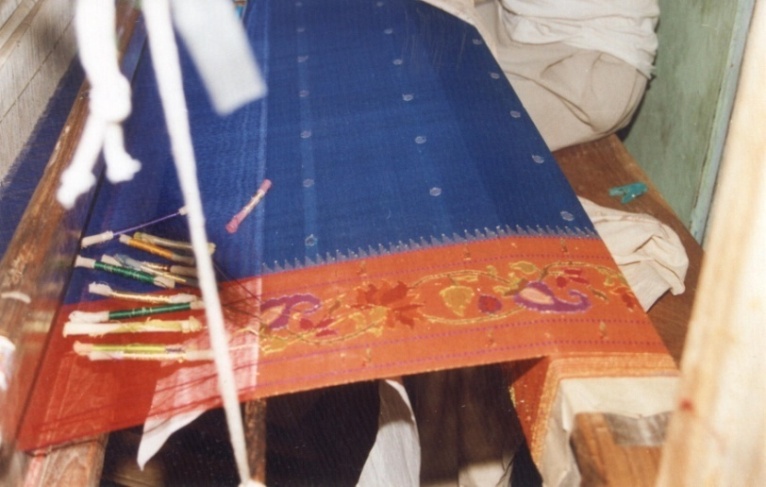
Plate 4: Ancient Weaving Technique of Paithani
Paithani Motifs
Nowadays we have a broad choice of designs whether they are woven or printed designs. Passing fashions include for instance demand designs with folk motifs and there is a demand for change in designs of traditional saris too. We still are in age of transition. The only specially used traditional motif is the Mango fruit (Keri) pattern which is exclusively used in most Indian saris. There are other patterns also in use like elephants, peacocks, parrots, horsemen and other patterns derived from nature.
Traditional motifs used in Paithani and their significance:
Throughout the ages, various kings and noblemen who ruled the area patronised this craft. Evolution and Adaptation are so essential for survival and that is what the Paithani is today – a vibrant link with the past. The oldest traditional Paithani motifs are the Asavali (Flowering vine) and the Akruti (squarish floral motifs like Walnut). Traditional motifs are generally in geometrical form. The designs are made with the help of straight, diagonal lines, angles, and circles as they are woven manually.
Traditional motifs for border:
Narali (Coconut)
This design is considered as the oldest and ancient design among all the motifs. Today, this design is very prominently seen on the borders of Paithani. On the border, eight or more than eight coconuts are seen, which forms network design and look more attractive. The Narali design is considered as a symbol of good luck and holiness. It is generally made in a geometrical pattern. Belief related to this motif is, if a woman wears Narali border sari, she does not suffer from black magic. Even today, this tradition is still continued in rural areas. So this border design is very popular amongst women and Paithani is commonly recognised by this border.
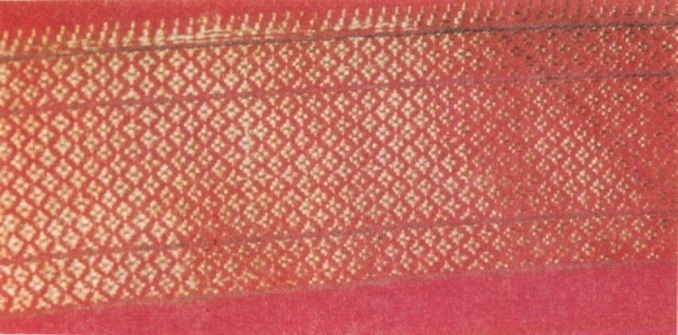
Plate 5: Narali Motif
Pankha (Fan)
This Pankha motif is the same as half-Chatai (a variation of the geometrical mat motif). Pankha design is more or less flat in form. Earlier this motif was used on Yeola Shalu (marriage sari). This design has dominance in Paithani as well as in Pitamber (male costume).

Plate 6: Pankha Motif
Akruti (Almond) motif
This motif is also ancient and used on the border having a geometrical shape like almond. Akruti motif is deliberately woven on pallu in combination with Narali and Phankha motif. In the centre of pallu, designs are woven in a row in circular form. This motif carries Satvahan (period 500-600 B.C.) tradition, which is also termed as ‘Zipruti’.
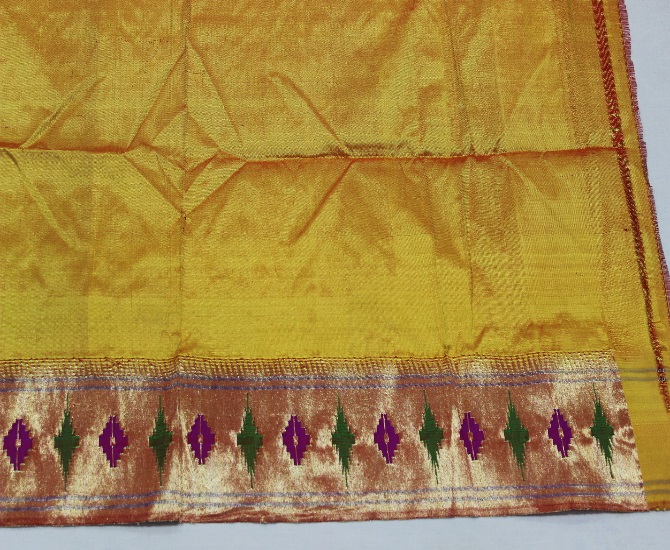
Plate 7: Akruti Motif
Asavali (Flowering vine) motif
This motif is known as ‘Satvahankalin Nakshi’ and has a thousand-year tradition. It is a type of flower which has no botanical family background. It is believed that it is the creativity and visualization of the weavers which creates beautiful creeper (flowering vine) motif. Till date, this motif is ornamented on pallu and border of Paithani.

Plate 8: Asavali Motif
Muniya (Beak of parrot)
This is an ancient border motif. It is a sharp beak of tota which is depicted on the border of the sari, having pallu of Tota-maina motif.
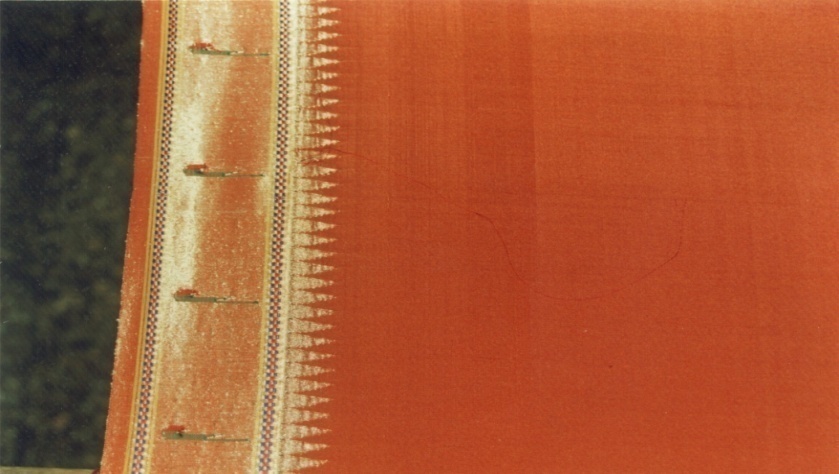
Plate 9: Muniya Motif
Ruiphool (Calotropis Procera)
This motif was very traditional, woven on the border of Paithani, but in the middle period it disappeared. Since the weavers are now aware of Dobby technique, this motif is being now produced. Ruiphool is enclosed within seven or eight petals. Beautiful jail (network) is made in zari woven on the border. The four petals of this flower have a spiritual meaning like four Vedas, four muktis, four directions, four religious places (chari-dham) with the tradition of weavers.

Plate 10: Ruiphool Motif
Traditional motifs used for butti:
In ancient period, only Kuyari (Mango) motif was used for butties. This butti motif was prominently used in Paithani as a special motif. Weavers also were not keen to change this typical motif.
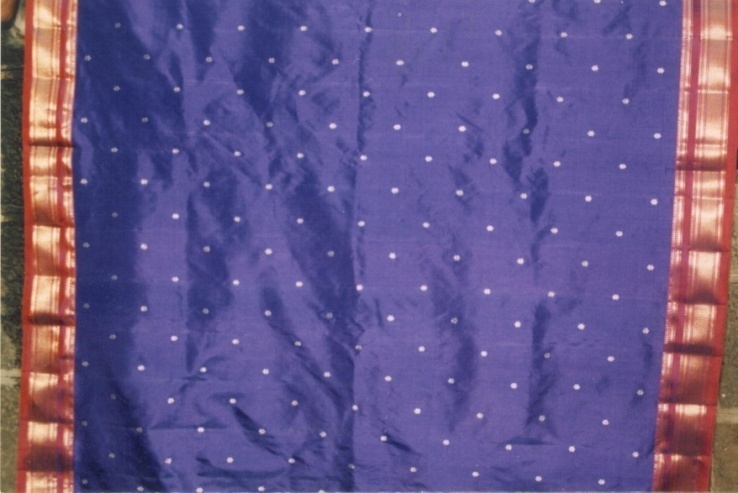
Plate 11: Traditional Kuyari Motif
Traditional motifs used for pallu:
Peacock with Kunda
Commonly pallu of Paithani was designed with a pair of peacocks sitting on kunda (flowerpot), which became out of fashion in the 20th century. It was easy to weave this motif with the tapestry technique so no changes were made in this motif for a longer period. But when the problems arose regarding the survival of the weavers, realisation of making changes borne into the minds of weavers which ultimately resulted in innovative motifs.

Plate 12: Pair of Peacocks sitting on Kunda
Suvarn-Kamal (Golden Lotus)
The tradition of design of Suvarn-Kamal found in literature during Yadav’s period (300-400 A.D.) This is also found on the ceiling of old Matha’s (House for saints) and Mohenjadaro Excavations. In the poetry of Saint Kabir “Ashtakawaldal” the reference of 8 petal lotus also exists which carries spiritual meaning. This motif is termed as Suryakamal, which is a symbol of the sun. It is believed as a symbol of Lakshmi (Goddess of wealth).
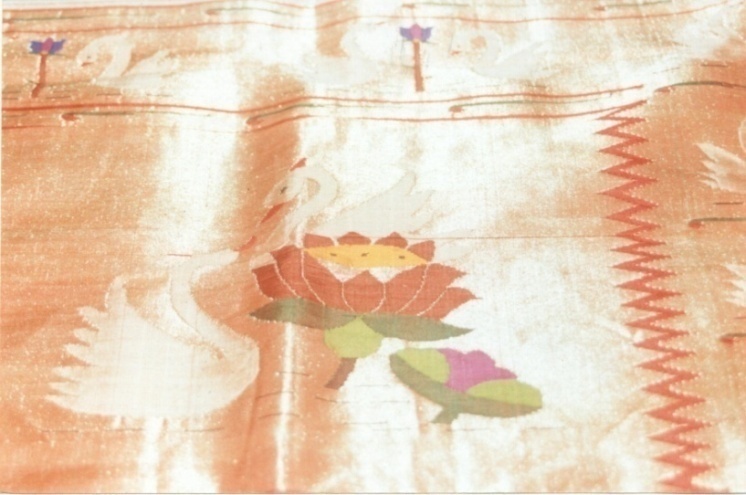
Plate 13: Suvarn-Kamal Motif
Hans (Swan)
In the early days, flying swan motif was woven in the circular form on Pallu, mentioned in satvahanas history. The swan had been replaced by Huma- Parinda (Heavenly bird) and Beshasti Parinda during Mughal period (1200-1300 A. D.).

Plate 14: Hans Motif
Bangadi-Mor (Peacock in bangle form)
Hindu culture had given spiritual meaning to this motif. Mor means Peacock which is a national and beautiful bird of India. Mughal women were a fan of these dancing peacocks. There is a specific meaning of Bangadi means Bangle, which indicates a round earth. Four peacocks’ means four hands of Vishnu (The god) and centre lotus of four petals is a Nabhi Kamal of Narayan which represents the ‘Prosperity’. It is a belief that every woman who wears the Paithani of Bangadi mor, lives a long life and can prevent widowness.
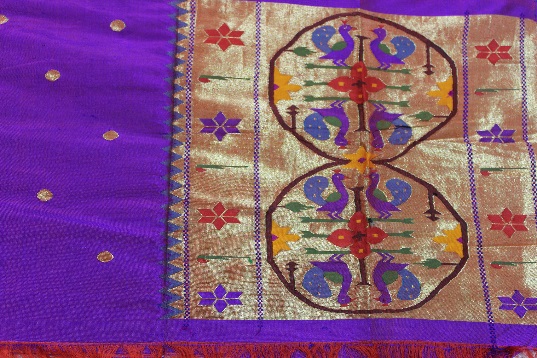
Plate 15: Bangdi Mor Motif
Traditional Kuyari (Mango)
Kuyari means Paisley motif which has very old tradition. Earlier it was woven in the centre of Pallu or on the top of the pallu, where the pallu starts, three to five kuyari motifs were woven in a row.
Mughal influence on the motifs of Paithani:
Tapestry weaving was carried by Momin men and women till 19th century in Paithan. The designs from Mughal tradition like Huma-Parinda, Behasti-Parinda, Anarvel, Tota-maina, Kerivel, Ajantalotus, etc. are simplified and woven on border and pallu of Paithani and recently such Paithanis are named as “Brocade Paithani”. In the olden days, these Brocade Paithanis were recognised as untraditional Paithani because Muslim Sardar demanded the designs which were not traditional. Later on, the tradition of these motifs migrated to ‘Banaras’, these were named as Brocade and ultimately Paithani also acquired this untraditional name as Brocade Paithani.
Huma Parinda (Heavenly brave bird)
It is assumed to be an imaginary bird and its meaning is a heavenly bird. Parinda is a ‘Parasi’ word for bird. This motif was very popular amongst young women during Mughal period. This was depicted in centre of Pallu in such a way that it looks like flying in heaven. It is assumed that, whenever a young woman wears this gorgeous Parinda motif Paithani, she looks like a “Apsara” (the beautiful lady of heaven).

Plate 16: Huma Parinda Motif
Tota-Maina (Parrot and Cuckoo) motif
This was the favorite motif of Mughals. This is a symbol of a loving couple Parrot and Cuckoo. The story of Tota-Maina is very ancient. Romantic forms of Tota sitting on beautiful creeper are depicted on border and pallu.
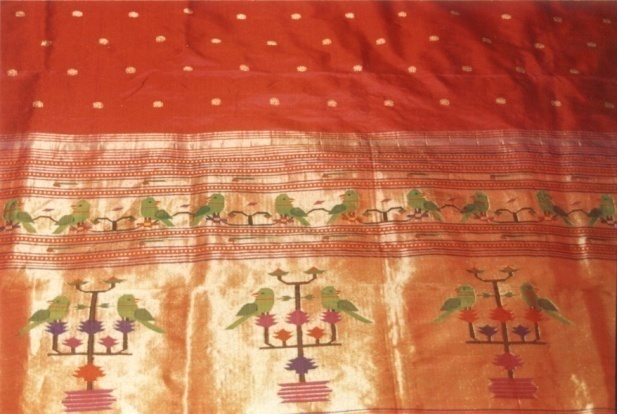
Plate 17: Tota Maina Motif
Ajanta-Lotus
It is an Ajanta motif. Ajanta is famous for elephant’s caves. This beautiful Lotus design is found on the ceiling of Ajanta Caves which was painted with natural dyes. This Ajanta lotus is depicted on Paithani pallu as well as on border too in the brocade Paithani.

Plate 18: Ajanta Lotus Motif
Innovative motifs presently used for the border in Paithani:
In the past, a design on saris used to run in the market for more than five years, but now a day a customer’s demand for a variety of designs, makes it mandatory to produce new designs. The Weavers from Yeola used to copy the old designs from old punched cards so the change in design was restricted. Since their ancestors, they were using the same designs like Narali for the border, Kuyari for butti and typical Peacock & Kunda motif for pallu, so monotony in the design was a serious problem.
They were not aware that it is possible to generate modern designs with the help of handloom Jacquard, which is available with their existing setup and change in the pattern of designs on pallu and butti is possible which is today’s necessity.
At the same time production of ditto Paithanis on power loom from other states created a problem for traditional artisans to survive with basic needs. So in this changing scenario, adoption of new emerging designs for the survival of weavers is not an exception, which would increase the competitiveness of the product and thus increase the market share and ultimately annual income.
As the paithani sari is recognised from the Narali (coconut) motif, very minute changes in border motifs have been done by weavers.
Variation in Narali motif:
By introducing woven bands in between, the coconuts and Kangura, gomi kinar (zigzag border) at the edge of the network is seen in the following borders which are the variations to traditional one.
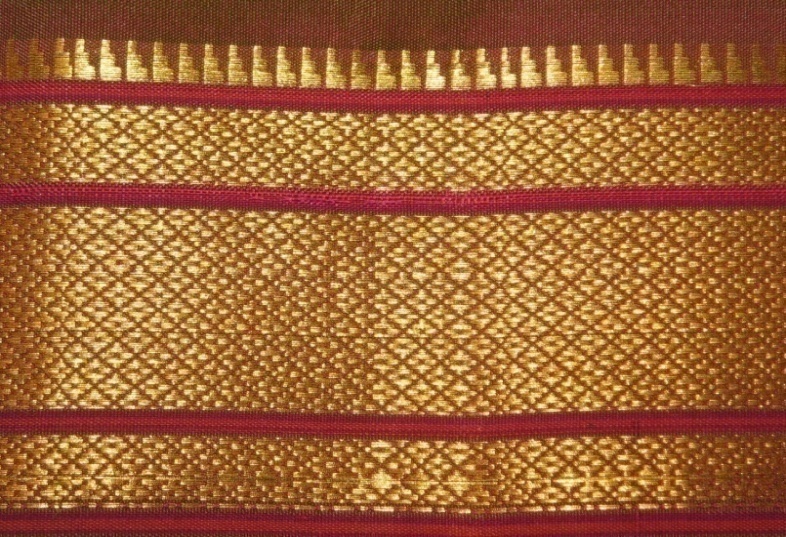
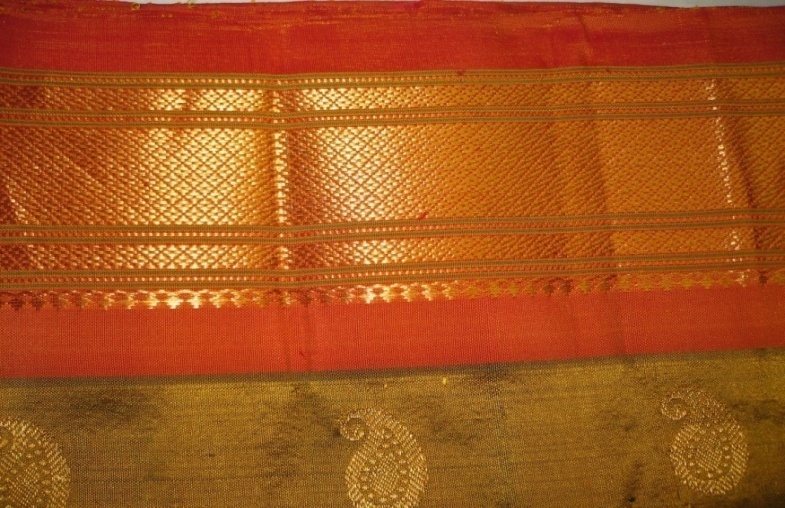
Plate 19: Variations in Narali Border Plate 20: Narali Border with Kalagi Motif
Innovative motifs for Butti
Many variations have been made in traditional butti motifs , as per the market demand. Traditionally butti motif was only Kuyari, but today many variations are seen in butti motif by using handloom jacquard , which has been adopted very artistically in the following forms:
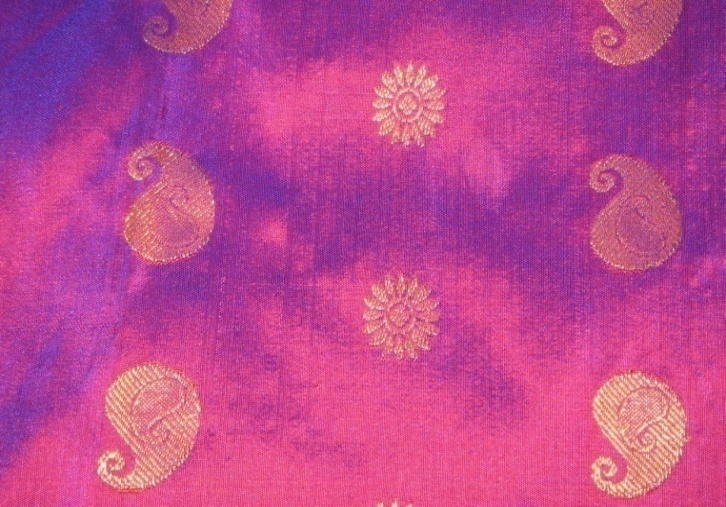

Plate 21: Combination of Kuyari & Karnful Butti Plate 22: Variation in Traditional Butti
Many new innovations in butti motifs have been introduced like Karnphool (Ear tops-jewellery motif) Coin butti (metal currency motif) which is round in shape, Peacock butti and Minakari butti (Flower butti with different colours) which became very popular in the recent market compare to traditional kuyari motif.
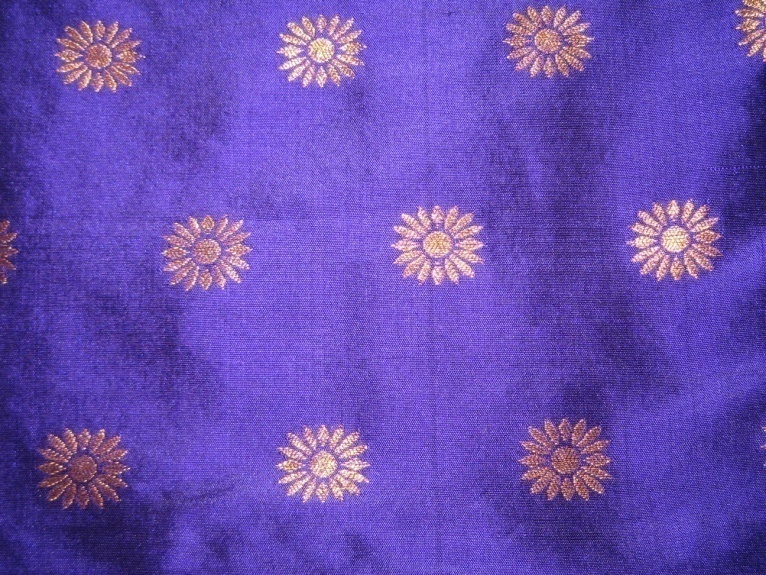

Plate 23: Karnaphool Butti Plate 24: Coin Butti (Metal Currency Butti)
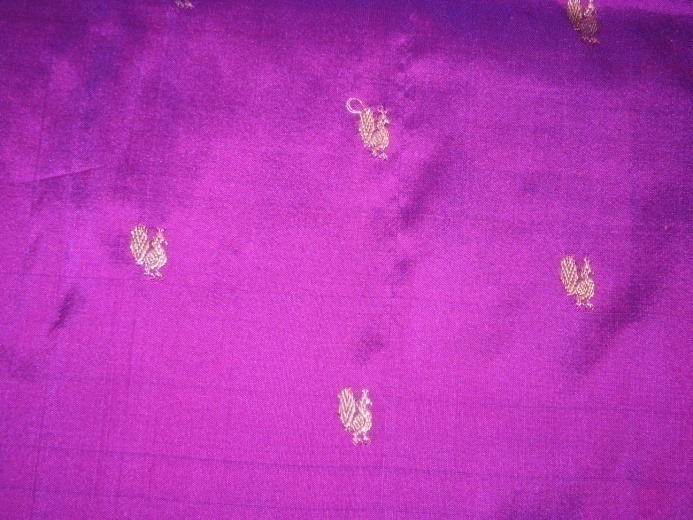
Plate 25: Peacock Butti
Innovations in Pallu Motifs
Earlier in simple paithani, pallu was woven in 18 inches’ length but presently double pallu is woven which is 36 inches in length. Traditionally Pallu was designed with Muthada (rows of dash lines), Muniya (beak of tota), Barav panja (palm with fingers), and in the centre Peacock sitting on flower Kunda was used. As per the change in the taste of customers, the style of pallu has been changed. Innovative motifs are introduced in place of the traditional one. Various styles of peacock, Lotus, Swan have been incorporated in pallu designs.

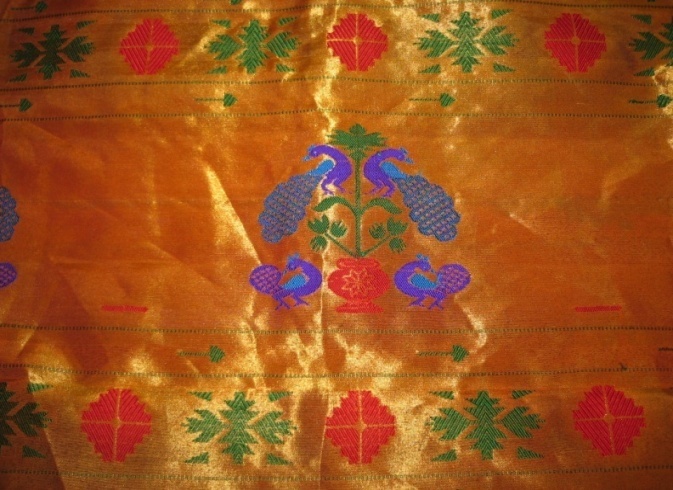
Plate 26: Variation in Peacocks Plate 27: Variation in Styles of Peacocks
with Kunda

Plate 28: Dancing Peacocks
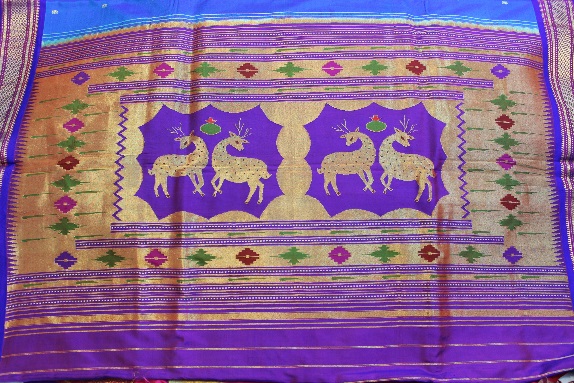

Plate 29: Pair of Deer Plate 30: Contemporaization in Design
Few of innovative motifs woven on border and pallu of the sari are a replica of traditional motifs which are reproduced in a different style for breaking the monotony in designs and change in customer’s taste.
In this dynamic era, there is an increasing demand for handloom products, but at the same time changes in designs are mandatory. Even today many villages are involved in the production of saris. The saris with exclusive designs are manufacture by skilled weavers. But it is disheartening to see the illiterate and seldom clothed weavers in the remote villages of India working on the loom where this exquisite product is enjoyed by the most sophisticated group of people around the globe.
If the variety of eye-catching designs are adopted, it could certainly attract the customer. So the creation of a variety of saris with innovative heart-touching designs promotes the economic status of weavers, which could help them to withstand in the global market.
Author details:
Dr. Kavita Patil Vice-Prin. & Head, Asso. Professor, Textile Science and Apparel Design Department, SMRK-BK-AK Mahila Mahavidyalaya, Nashik
M: 9011125559, email: kavitapatil.smrk@gmail.com
